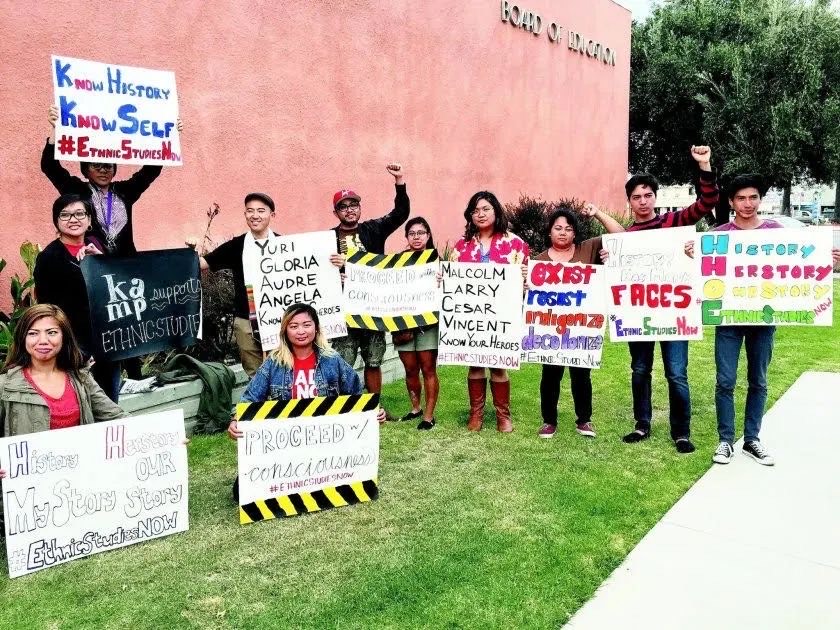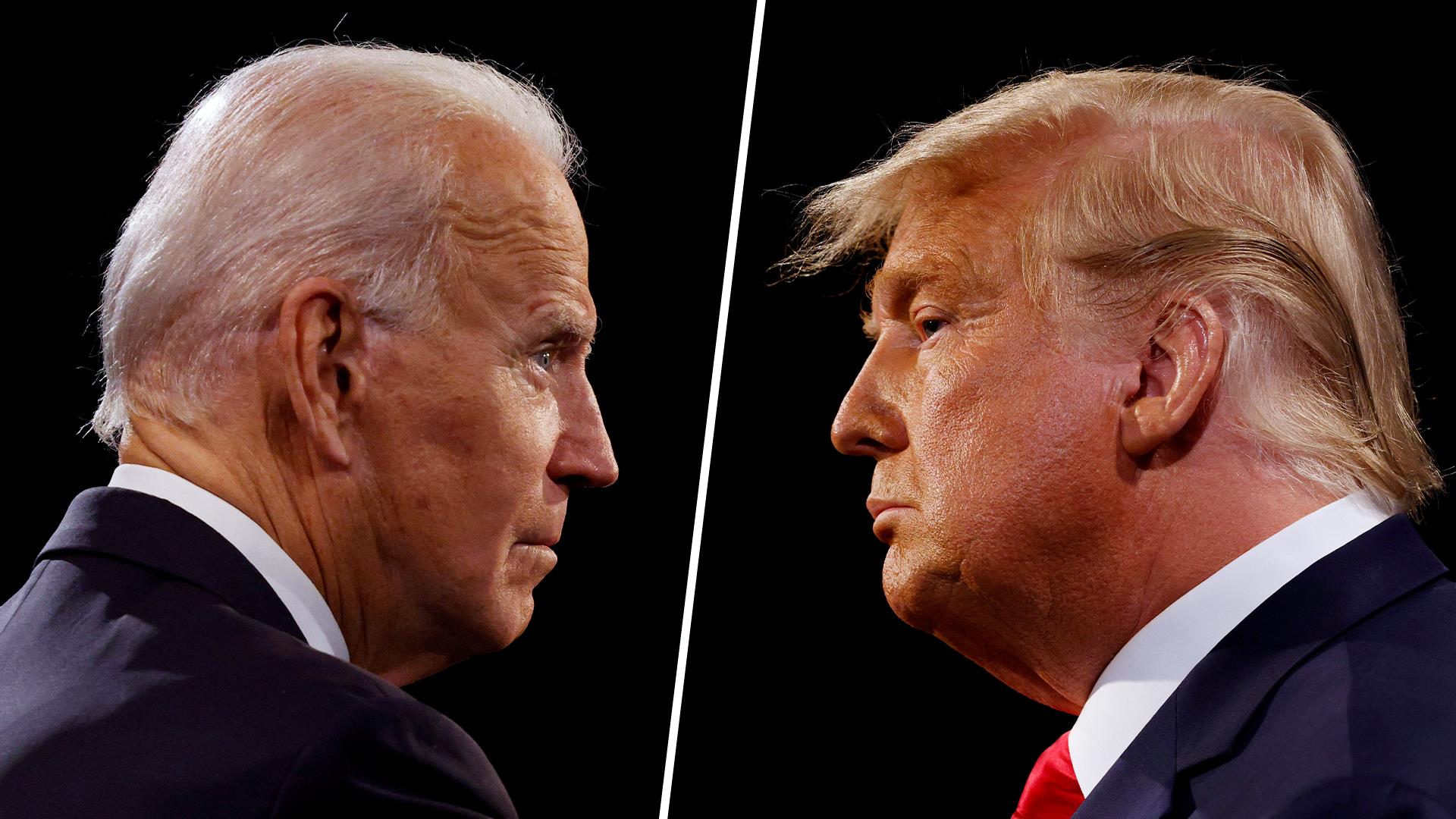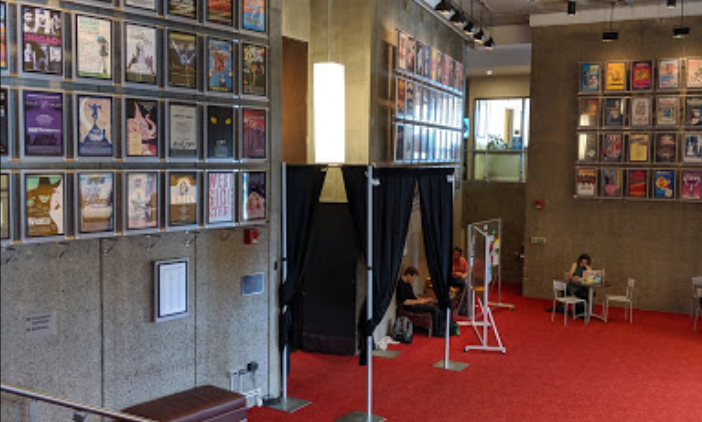Author: Yi Ding
Translators: Dora, Cheryl, Marie
Is the Ethnic Studies Program in California public schools brainwashing students? The review period for California’s new ethnic studies curriculum will end on January 20, 2021. For Chinese families who are concerned about their children’s education and personal growth, it is necessary to understand the historical background of ethnic studies curriculum in the United States. This article attempts to clear away rumors and provide suggestions on the issue from multiple perspectives.
Five Myths about Ethnic Studies Curriculum
In 2021, the latest development of the previous year’s racial tensions and electoral farce has been a shocking riot at the United States Capitol.
Cultivating tolerance, promoting understanding, and encouraging innovation are basic educational principles that are even more important in the face of escalating current events. In California, the pioneer of educational reform, the agenda for systematic curriculum reform has accelerated, and the development and implementation of ethnic studies has become the focus.
California Act AB 1460 passed in August, 2020—starting fall of 2021, California State System universities must provide ethnic studies courses for students, and all students must complete an ethnic studies or social justice courses before they can graduate.
Within secondary education, the AB-2016 bill calls for the development of an Ethnic Studies Model Curriculum (ESMC) that will “Prepare pupils to be global citizens with an appreciation for the contributions of multiple cultures.”

Members of a campaign to require ethnic studies courses in San Diego Unified School District stand outside the district office.(Courtesy: Ethnic Studies Now Campaign San Diego)
However, this when this broad ideology was applied to a specific curricular design, it received heavy backlash,
In some Chinese family group chats, people have posted messages like this: “The Californian Education Department is going to push critical ethnic study in public K-12 schools. These classes will teach students about critical race theory and critical social identity, propagate racial hatred, class struggle, and even violent revolution.
In California, where education theory gathers the most radical left-wing Chinese, intergenerational conflict between Chinese Americans is not uncommon. In the past, Chinese American students have actively participated in and advocated for ethnic studies. But why is it that now ethnic studies is a focal point for a lot of conflicts?
This round of model ethnic studies curriculum is seeking feedback from the general population until the 20th of January, Chinese people concerned about children’s education and healthy growth should understand this course and participate in discussions. However, before sharing opinions, instead of listening to rumors, jumping on the bandwagon, and blindly expressing opinions, we must have a clear understanding of the situation. In this case, we must understand the background and history of setting up such a class. As educators, parents, and people with a large community authority, I look forward to the many perspectives that will be used to come to a fair conclusion as well as suggestions from the conclusion.
(In the 1960s, many students of color, including Asian Americans, used methods like protests, sit-ins to call for education equality and ethnic studies classes. This resulted in the largest student protest in American history … looking at the history of previously mentioned ethnic studies, and simply viewing it as “indoctrination” for political gain, is erasing the decades of protest the youth have worked for and simplifying history.
Myth 1: Ethnic studies is founded on political violence
Ethnic studies originates from the fight for minority students’ educational rights. In 1968, the United States was deeply involved in the Vietnam War, Martin Luther King Jr. had been assassinated, and the anti-war and Civil Rights Movement were in full swing. At the time, minority students were underenrolled in higher education. Unable to receive student immunity, a large number of African-American and Latinx youth were drafted into the U.S. army. Through the Donahoe Higher Education Act of 1960, California had manipulated the admission standards of public universities and directly reduced the enrollment of ethnic minorities. At the same time, various funds for ethnic minority education were being blocked. These series of events were increasingly intolerable for minority students.
Many students of color, including Asian Americans, used methods like protests and peaceful sit-ins to call for ethnic studies classes and educational equality. This became the largest student protest in American history. The student-led movement persuaded UC Berkeley, California State University San Francisco, and other Californian universities to add ethnic studies courses and departments. The protests affected the entire nation as well. Universities across the country began to challenge the traditions of academia that centered white narratives. In the past 50 years, humanities and social sciences have become more inclusive of different perspectives, the number of students and faculty of color has increased, and teaching methods have increasingly become more focused on critical thinking and student subjectivity.
The current politicization of ethnic studies panders to many Chinese people’s sensitivity and aversion to political violence. The resonating emotional reactions have easily led people to ignore the intentions of the curriculum itself. Chinese parents should be extra cautious about these narratives. The most important thing is to determine whether or not the curriculum will help our children in creating a tolerant and equal environment.
Asian American students were heavily involved in 1960s movements to push for the creation of ethnic studies departments in universities, including in California. For example, the Third World Liberation Front were strikes in 1968 and 1969 led by BIPOC students at San Francisco State University and University of California, Berkeley.
Myth 2: Ethnic studies further incites violent conflict
Then let us closely examine the curriculum. The widely praised Los Angeles Unified School District’s (LAUSD) actual ethnic studies curriculum includes 5 units: identity, African Americans, Asian Americans, Latinx Americans, Native Americans. The Asian American unit specifically focuses on experiences and challenges specific to Asians like the Chinese Exclusion Act, Korematsu v. United States, Immigration and Nationality Act of 1965. The unit also covers the work that Asian Americans did to protect their culture, the relationship between the development of the Asian American community and internal political forces and the changing power structure within the United States, and the unique challenges they faced (like the Model Minority Myth). From this we can see that the curriculum provides beneficial information about Asian American history and culture for youth. Valuable knowledge in strengths and challenges is what we as Chinese parents hope to encourage as priceless traditions and as the foundation of inclusion and unity.
Myth 3: Ethnic studies overly criticizes reality
The goal of the current ethnic studies curriculum in the Los Angeles Public School District is to approach social justice dialectically and objectively, and to seek peaceful solutions to conflicts and injustices. The EMSC curriculum is consistent with Critical Race Theory—a social science curriculum that has existed in American education for more than 30 years. Critical Race Theory holds that race is a social construct. The “critical” in its name should be understood as “批判思维”—critical thinking. It emphasizes the close connections between education, social justice and democracy. Critical Race Theory encourages students to reflect on their own life, and challenges the injustices that may exist.
Many who misinterpret Critical Race Theory as merely “criticism,” denounce its abandonment of social cohesion and well-respected teaching traditions. Yet, if we do not challenge tradition, how can we achieve the most traditional American aspirations of democracy and freedom?
The core tenet of the critical teaching method is that teachers should deconstruct their traditional authority to empower students. Students are encouraged to reflect and take initiative in their own creation of knowledge. The growth of each unique student is understood and affirmed. What is created is a safer and more inclusive classroom, one that encourages students to think for themselves and challenge new knowledge. Although the EMSC curriculum template is argued as encouraging narrow thinking, at its core, the critical teaching method enables diverse ways of thinking. Its advantages deserve our support:
- “Students will become aware of the constant themes of social justice and responsibility, while recognizing these are defined differently over time” (History-Social Science Framework for California Public Schools, p. 420).
- An ethnic studies course should provide students with depth of understanding in relation to ethnic and social issues, rather than promoting specific political activism, demonstration, protest or the like. Ethnic studies is a scientific inquiry of ethnic groups and their interrelations (Yang, 2010, pg. 14)
- Should include examples of civic engagement (e.g., voting and other peaceful social justice activities) and the impact they have had on United States history. Students who are considering volunteering, social justice activities, community engagement, etc., should consult with their school teacher/advisor and parents/guardians to evaluate that the activities are lawful, peaceful, and nonviolent.
In opposition of those who argue that ethnic studies is too radical, this paper proposes that the EMSC curriculum calls for real critical teaching.
Myth 4: Ethnic studies “brainwashes” students
If we take a closer look at the forces behind ethnic studies, we will find that, contrary to the “brainwashing” that many parents worry about, students encounter the exact opposite. They learn to deconstruct authority and to oppose indoctrination. The drafters of the ethnic studies curriculum bill are a group of officials and students. Just like 52 years ago, it is the students themselves who are challenging authority and proposing ethnic studies curriculum reform.
On the ethnic studies curriculum proposal website, American high school students preached their beliefs and gathered public support. One high school student said:
“As a student of color, my history and culture isn’t represented at all in school. One of the biggest struggles I face is self-identify. Who am I and how do I fit in two different world. One is my own cultural roots, and the other is a world where I am force to learn to be seen as successful. Just like the natives, my culture is being lost and taken away by another.”
Based on the founding history of ethnic studies in the United States, to view this curriculum as a political “brainwashing” tool is to erase the decades long history of youth resistance to oppression. To simplify the narrative to “brainwashing” confuses a genuine fight for students’ education with the top-down design of a political agenda. If we refuse to improve the ethnic studies curriculum, we will ignore the positive impact of ethnic studies on the improvement of students’ classroom participation, performance and personal abilities, especially the minority students.
Myth 5: All ethnic studies curriculum supporters are leftists
Finally, we have to see what specific actions Chinese-American should take.
Unlike the ethnic studies curriculum in universities, the controversy that arises at the high school level lies in the details of the teaching content, so the opposition that we see is actually not against the overall concept of ethnic studies, but against some specific content.
After the draft of the first edition of the textbook came out in September this year, the usually-left-leaning Los Angeles Times editorial board criticized the content of the textbook as being “one-sided” and biased towards socialist thinking, as “collective thinking” and “imposing pre-established political views.” The Alliance for Constructive Ethnic Studies proposed that the new version of the critical ethnic studies curriculum should strive to build mutual respect, confidence, understanding and empathy, and that the new version of the curriculum employs radical vocabulary – “transformative resistance, critical hope, and radical healing.”
We can deliberate on the specific vocabulary; however, if you look at history, the actions and ideas deemed too radical by the mainstream are ever-changing and not static.
52 years ago, any non-white history content in the classroom was considered too radical.
And nowadays, would any Chinese parent be against teaching about our excellent Asian culture in the classroom, so as to promote the multi-ethnic inclusiveness and understanding in American society?
Therefore, regarding ethnic studies, I think Chinese parents should adhere to the following points:
1) Establish the general direction of the “ethnic studies” curriculum, emphasize the positive significance of identity and cultural education towards children’s self-confidence and success;
2)Support children to learn about the history and current situation of other ethnic groups and to discuss this with their parents, so as to create conditions for inter-generational dialogue and improvement of social environment;
3) Go beyond an absolutist attitude, talk about specific issues on a dialectical and fact-based basis.
Note: This article is adapted from the Diversified Class article Brainwashing Or Enlightenment? An Examination Of “Incitement Of Conflict” In 2020 Through The Lens Of American Curriculum Controversy, readers are encouraged to link to this article for further discussions.




2 评论
添加您的 →[…] Read full article; https://chineseamerican.org/p/34141 […]
[…] To read the full article; https://chineseamerican.org/p/34141 […]